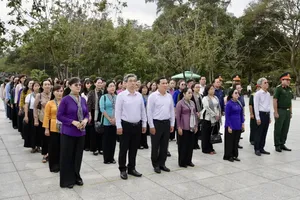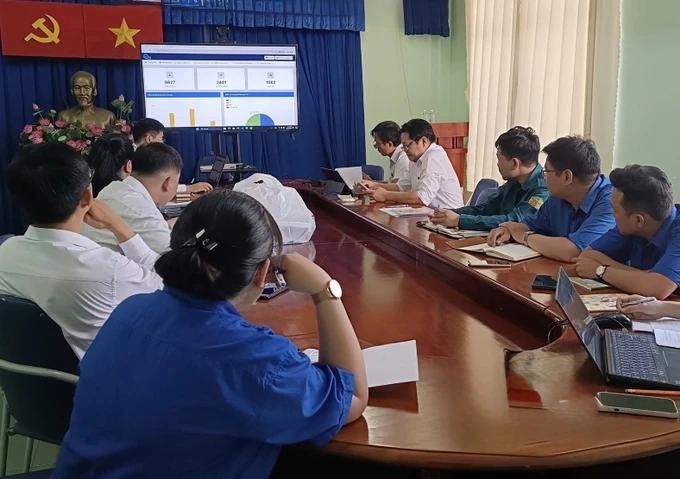
GIS applies in land data management
The District 12 project employed GIS technology to monitor construction order. Experts utilized drones to capture high-resolution aerial photographs (5cm/pixel) in two cycles. These images were then used to create detailed aerial photo maps. By overlaying GIS data layers and construction work information onto these maps, an AI model was able to analyze land plot changes and detect potential construction violations.
Director Nguyen Huu Nhat of iGeo Technology Company, a GIS technology application unit, said that the land management agency in District 12 used UAVs to take high-resolution photos of construction works, then compared GIS data to detect changes in land plots.
Construction owners previously employed methods such as concealing their projects with tarpaulins or corrugated iron to evade scrutiny from authorities. However, the advent of GIS technology has made it possible to detect such concealments.
GIS data is derived from databases that include information on terrain, land parcels, construction activities, planning, and house numbers, all supplied by local authorities. Utilizing high-resolution imagery enables the detection of height variations of up to 0.5 meters, thereby assisting agencies in identifying violations of construction regulations.
The utilization of GIS technology has enabled authorities to identify numerous violations with an accuracy rate reaching 99 percent. A spokesperson from iGeo Technology Company stated that in the near future, the company will assist local authorities in executing construction licensing processes through the GIS platform, rather than relying on manual methods. The implementation of this software is expected to greatly diminish instances of encroachment, illegal construction, and unpermitted building activities.
Many practical applications
The Geographic Information System (GIS) is structured as a comprehensive platform for the management of spatial data, offering numerous applications in both urban development and environmental contexts. These applications include urban planning, human resource management, agriculture, the operation of public utility systems, route optimization, demographic analysis, cartography, coastal monitoring, firefighting, and epidemic prevention. In many of these domains, GIS technology serves as a vital decision support tool, facilitating planning activities for organizations involved in technological applications.
GIS is being progressively utilized in the development of smart cities, exemplified by the geographic information platform of the Center for Geographic Information System Applications (HCMGIS) under the Department of Science and Technology of Ho Chi Minh City. This platform features over 60 data layers.
Additionally, HCMGIS has developed Industrial Park Information Management Software, which is employed by the management board to provide investors with comprehensive and detailed information about industrial parks.
Another application is the Vegetable Production Area Management System which creates a database and leverages GIS to support the management and planning of safe vegetable production zones in the city. This system serves as a foundation for implementing strategies and policies, as well as applying advanced technologies, to foster the development of smart and sustainable agriculture.
The digital transformation solution at ward and commune levels is a data management and operation system at ward and commune levels designed as WebGIS with the ability to connect, synchronize and share web service data. The software also supports convenient display of operations on mobile devices, with high customization capabilities in statistics and reports.
The Department of Science and Technology of Ho Chi Minh City reports that to enhance connectivity and expand GIS applications, the city has developed the HCMGIS Portal. This platform facilitates the integration and sharing of geospatial data, documents, and maps within the HCMGIS framework. It allows data providers and relevant organizations to upload, input, edit, and display data on the system.
Simultaneously, the system allows users to flexibly interact with the data in numerous ways - they can view, overlay, and edit maps, as well as download the data in various formats. This real-time data source offers significant practical value across many applications.
Deputy Director of HCMGIS Pham Duc Thinh stated that HCMGIS is actively contributing to the city's digital transformation strategy by researching, designing, and developing a shared GIS platform. This platform aims to support district digital transformation in areas such as urban management, natural resources, environmental management, and the economy.
He added that the GIS application platform will be used uniformly at the district level to serve operations and support decision-making, helping to effectively manage data in all fields, unify between sectors, shorten the time for processing professional tasks of specialists, thereby better serving the people and community.





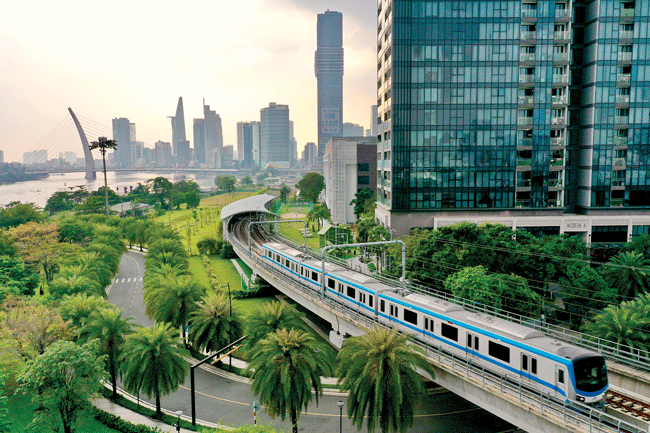





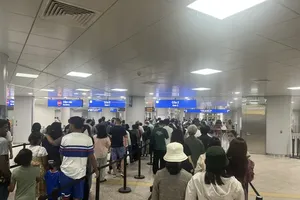
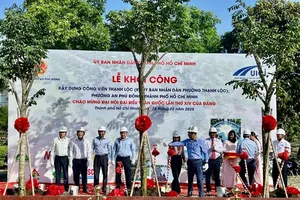
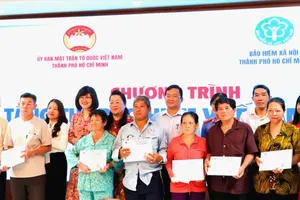
)


